
The Missa sopra Ecco sì beato giorno (“Mass on ‘Behold such a blessed day'”) is a Renaissance musical composition of the Ordinary of the Mass, composed for ensembles of 40 and 60 voices by composer Alessandro Striggio, who was born in Mantua around 1536 or 1537 and was later affiliated with the Medici court in Florence it is believed to have been created around 1565–1566, during the tenure of his patron, Cosimo I de’ Medici. After remaining lost for over four centuries, the work was mistakenly catalogued in the Bibliothèque nationale de France and was subsequently rediscovered in 2005 by the musicologist Davitt Moroney.
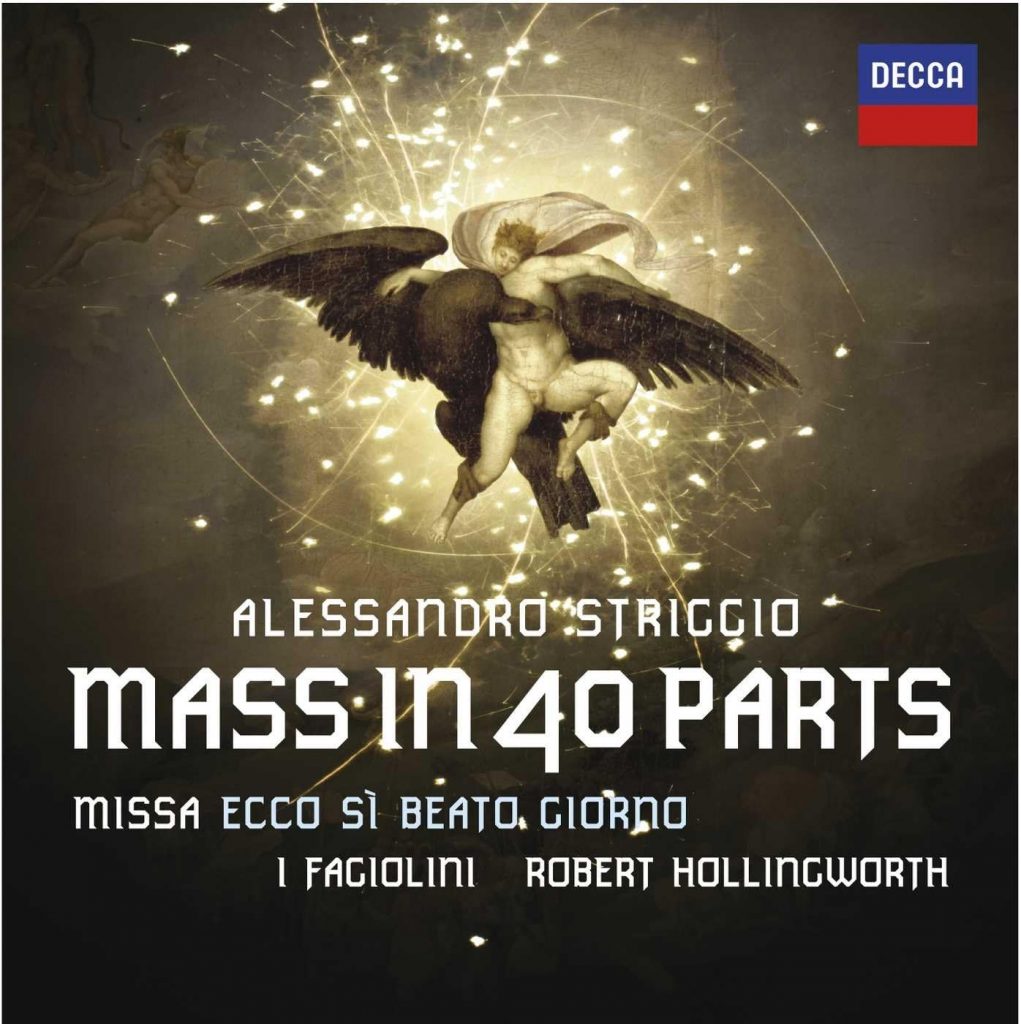
The recording of Striggio’s Mass in 40 Parts by Robert Hollingworth and Ifagolini was issued by Decca Records in 2011. The recording achieved significant acclaim, reaching the top position on the UK classical music charts for an extended period and receiving numerous international awards. The session was conducted at All Saints Church in Tooting, London, from September 29 to October 1, 2010.
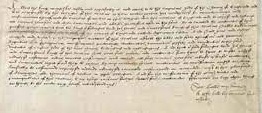
In 1534, the Reformation Parliament enacted the Act of Supremacy, which formally established the English monarch as the Supreme Head of the Church of England. This legislation marked a significant formal separation of the English Church from papal authority, primarily driven by King Henry VIII’s desire to obtain an annulment of his marriage to Catherine of Aragon.
Henry VIII created an independent church structure aligned with royal authority. This legislative change initiated several significant developments, including the dissolution of monasteries and the redistribution of their assets by the Crown.

The Medici court was renowned for its patronage of the arts, including musical endeavors. The Medici rulers, from Lorenzo the Magnificent to Cosimo I de’ Medici, demonstrated a strong commitment to cultivating a vibrant artistic environment. Recognizing the importance of both employing talented artists and musicians and showcasing their work effectively, the court encouraged composers to produce compositions of exceptional grandeur and complexity.

Upon completing this monumental mass, Striggio, distinguished Italian composer, diplomat, and instrumentalist renowned for his contributions to Renaissance music. carried it across Europe during a diplomatic mission to strengthen the alliance between the Medici and the Habsburgs through the recent marriage of Francesco de’ Medici to Johanna of Austria.
In the 1570s, he undertook a personal visit to England with the intention of engaging with local musical virtuosos and composers, rather than as part of an official diplomatic mission. During his time in England, he had the opportunity to meet Queen Elizabeth I, fostering cultural exchanges that have been recognized as mutually influential. His journey included visits to newly allied Medici relatives, including Emperor Maximilian II. To impress his hosts, he likely performed the large-scale works—possibly a 40- or 60-voice mass—and left a copy for their archives.
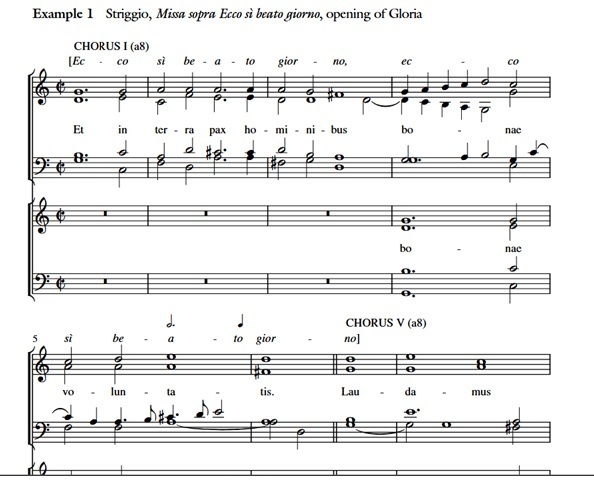
Striggio, sought to create compositions for larger vocal ensembles than had previously been attempted, often accompanied by instruments. His early efforts include the Missa sopra Ecco sì beato giorno and, subsequently, a notable 40-voice motet titled Ecce beatam lucem.
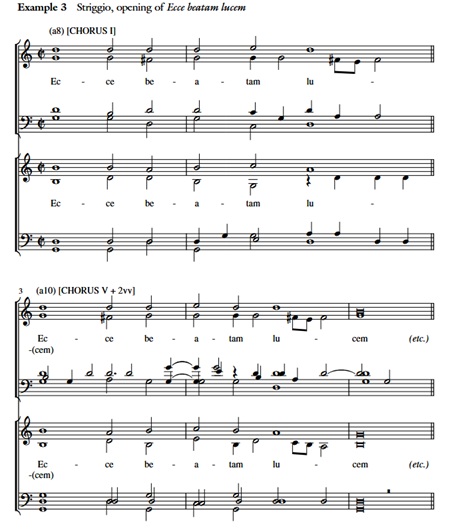
The notable 40-voice motet titled Ecce beatam lucem is a significantly large-scale polychoral work from this period, and others include Thomas Tallis’s renowned Spem in alium for 40 voices, possibly inspired by the motet or Mass he encountered in 1567; Stefano Rossetto’s 50-voice motet Consolamini popule meus; and Cristofano Malvezzi’s 30-voice intermedio O fortunato giorno composed for another Medici wedding. Both Rossetto and Malvezzi were affiliated with the Medici court. An earlier example of such grand choral work is Orlande de Lassus’s lost 40-voice motet from Munich, produced in 1564.
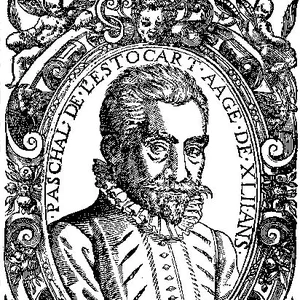
During his time in England, Striggio most likely had the opportunity to meet and engage with Thomas Tallis, the composer of Spem In Alium. Spem in alium,” a Latin phrase meaning ‘”‘, Hope in any other,'”‘ is a 40-part Renaissance motet composed around the year 1570. The work was created for a vocal ensemble consisting of eight separate choirs, each featuring five voices. The motet Spem in alium may have drawn influence from Striggio’s work.
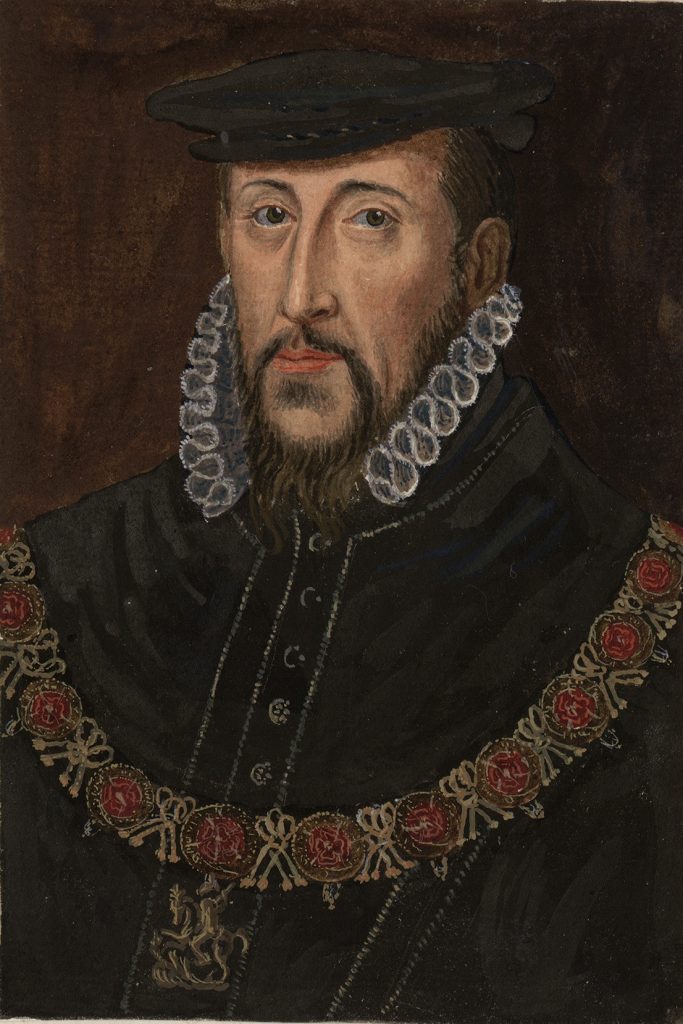
It is generally understood that the performance of the Missa sopra Ecco sì beato giorno was conducted privately—most likely at the residence of the Earl of Arundel—in order to comply with the restrictions on the public celebration of the Roman Catholic Mass during that period.
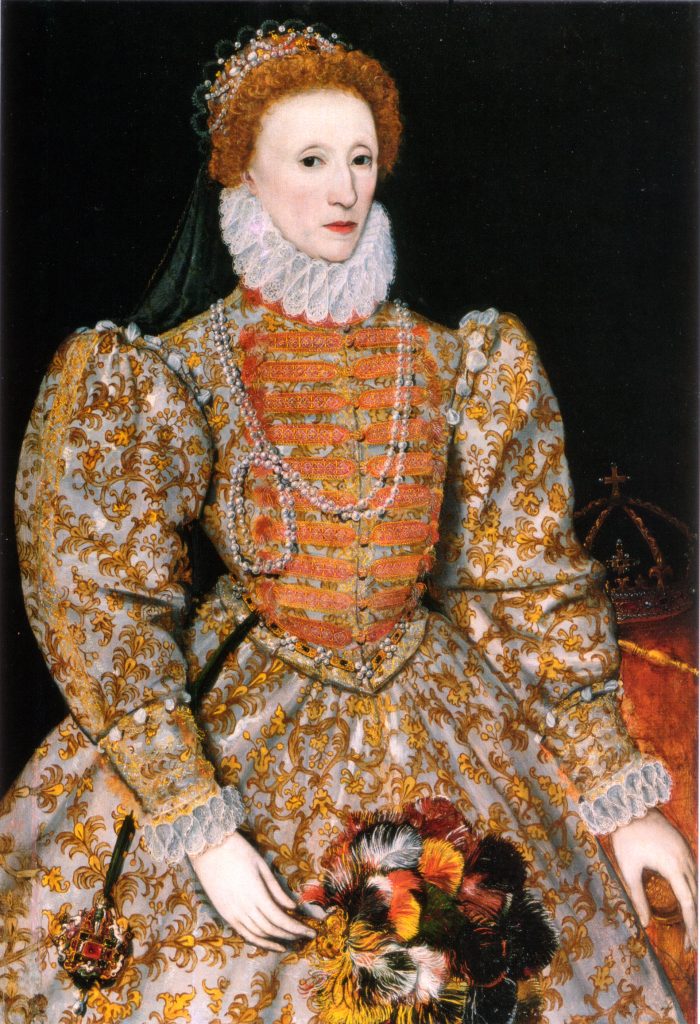
The authenticity of this story is not universally accepted, though. Other theories are that the motet was first performed on the occasion of Queen Elizabeth’s 40th birthday on September 7, 1573. This idea the mass was first performed at the celebrations of Queen Elizabeth I as the festivities began with a formal banquet held at the residence of the Archbishop of Canterbury following her arrival in Sandwich for a multi-day visit to the region of Kent. The itinerary included attendance at religious services at Canterbury Cathedral and an overnight stay at the royal residence situated on the historic site of St Augustine’s Abbey.
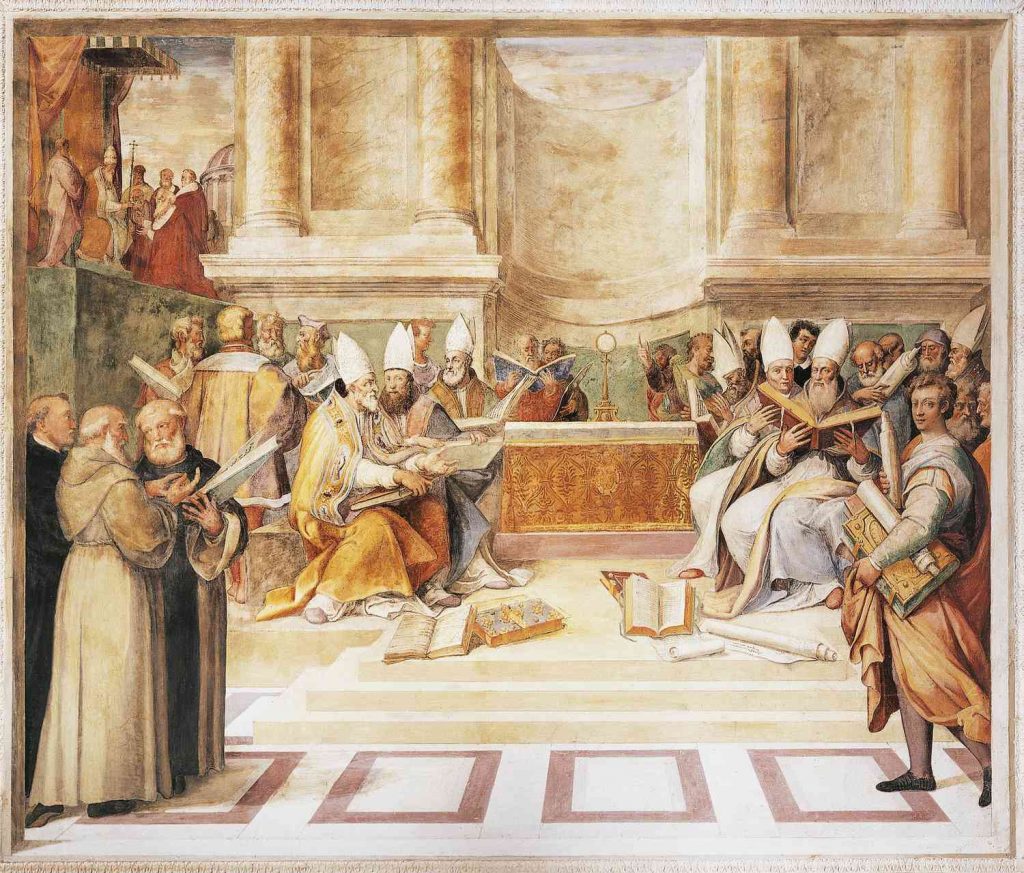
Catholics had to adhere to the regulations regarding the public observance of the Roman Catholic Mass during that specified period due to the Reformation.
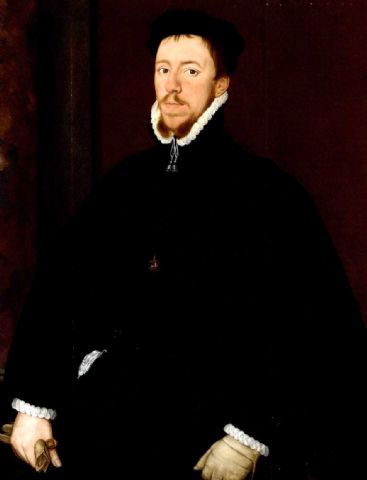
According to a contemporary report, Striggio’s motet was recognised in England, and it is believed that the Duke of Norfolk, Thomas Howard, inquired whether any English composer could produce a work of equivalent calibre. In response, Thomas Tallis accepted the challenge, resulting in the composition of Spem in alium.
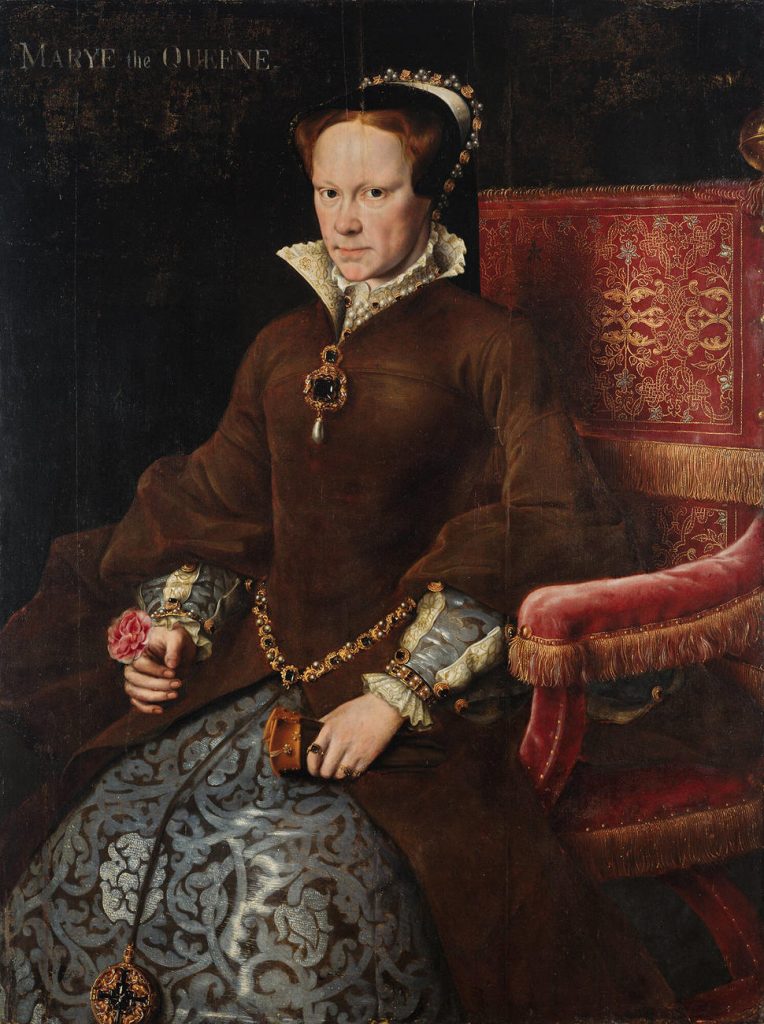
Also, it may have been composed for her predecessor, Mary Tudor. The report mentioned above refers to a performance in Arundel’s house – the Earl of Arundel was the Duke of Norfolk’s father-in-law. The Norfolks were protestants who were implicated in the Northern Rebellion of 1569. The motet is preceded by a setting of the same text in the so-called ‘Sarum chant’, a form of plainchant which developed in England in the Middle Ages
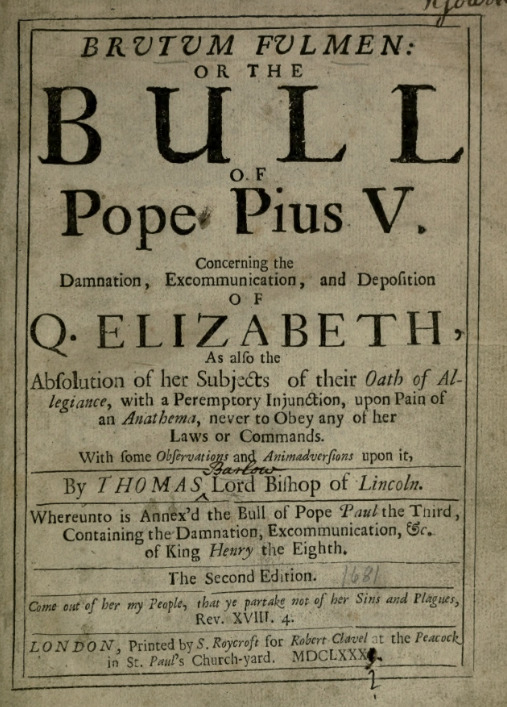
In February 25, 1570, Queen Elizabeth I was formally excommunicated by Pope Pius V through the issuance of the Papal Bull titled Regnans in Excelsis. This papal document designated Elizabeth as a heretic and regarded her as an illegitimate ruler of England. Consequently, it revoked her Catholic subjects’ allegiance to her and appeared to encourage potential dissent and opposition.
The excommunication was based on her perceived divergence from the doctrines of the Catholic Church and her designation as a usurper of the English throne. This papal decree intended to depose her from the throne; however, the majority of English Catholics maintained their allegiance to Elizabeth, resulting in unintended consequences that heightened anti-Catholic sentiments and further aggravated the political and religious tensions of the period.
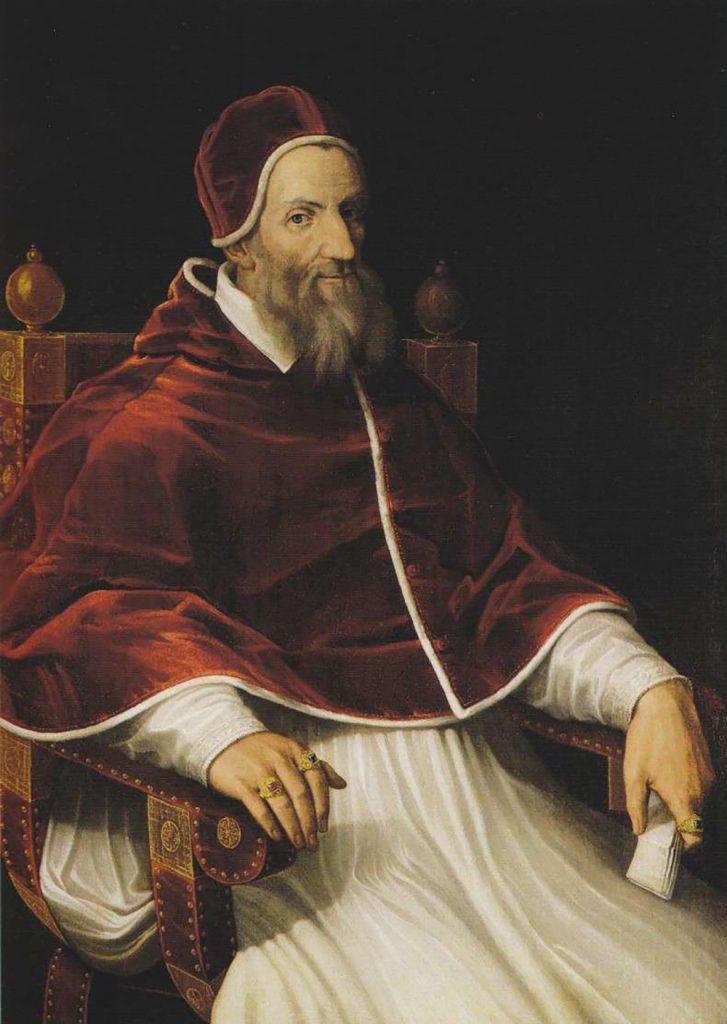
At the request of the Jesuits and in an effort to alleviate the pressures faced by Catholics in England, it is documented that Pope Gregory XIII issued a clarification or suspension in 1580. This directive advised Catholics to outwardly adhere to the Queen’s civil authority until an appropriate opportunity arose for a change in their status. The extent to which this communication was disseminated and understood among Catholic communities in England and Ireland remains uncertain. Evidence relevant to the suspension of the Papal Bull includes the small-scale Irish invasion in 1579 led by James FitzMaurice FitzGerald, which received Papal support. Additionally, in 1580, Pope Gregory sponsored another unsuccessful expedition to Ireland to aid the Second Desmond Rebellion. The English Parliament enacted legislation targeting Jesuits, seminary priests, and similar individuals regarded as disobedient to the crown.

Oh, what an earth-shattering, soul-stirring triumph it is to recount the breathtaking, unbelievable, divine miracle—the miraculous and utterly wondrous rediscovery of the legendary masterpiece, “The Missa sopra Ecco sì beato giorno”! This priceless jewel, a luminous beacon of musical genius, vanished into the shadowy abyss of history for over FOUR CENTURIES—lost, forgotten, and almost condemned to eternal obscurity! And yet, in a moment that defies all odds, in the year 2005, the noble and relentless musicologist Davitt Moroney, driven by an undying passion and insatiable curiosity, uncovered this sacred treasure hidden in the depths of the Bibliothèque nationale de France—miscatalogued, forsaken, waiting silently to be unearthed and celebrated once more! It is nothing short of a divine revelation, a triumphant resurrection of artistry that ignites the soul and reaffirms the eternal power of music to transcend time, to revive forgotten glory, and to fill the heart with indescribable wonder!